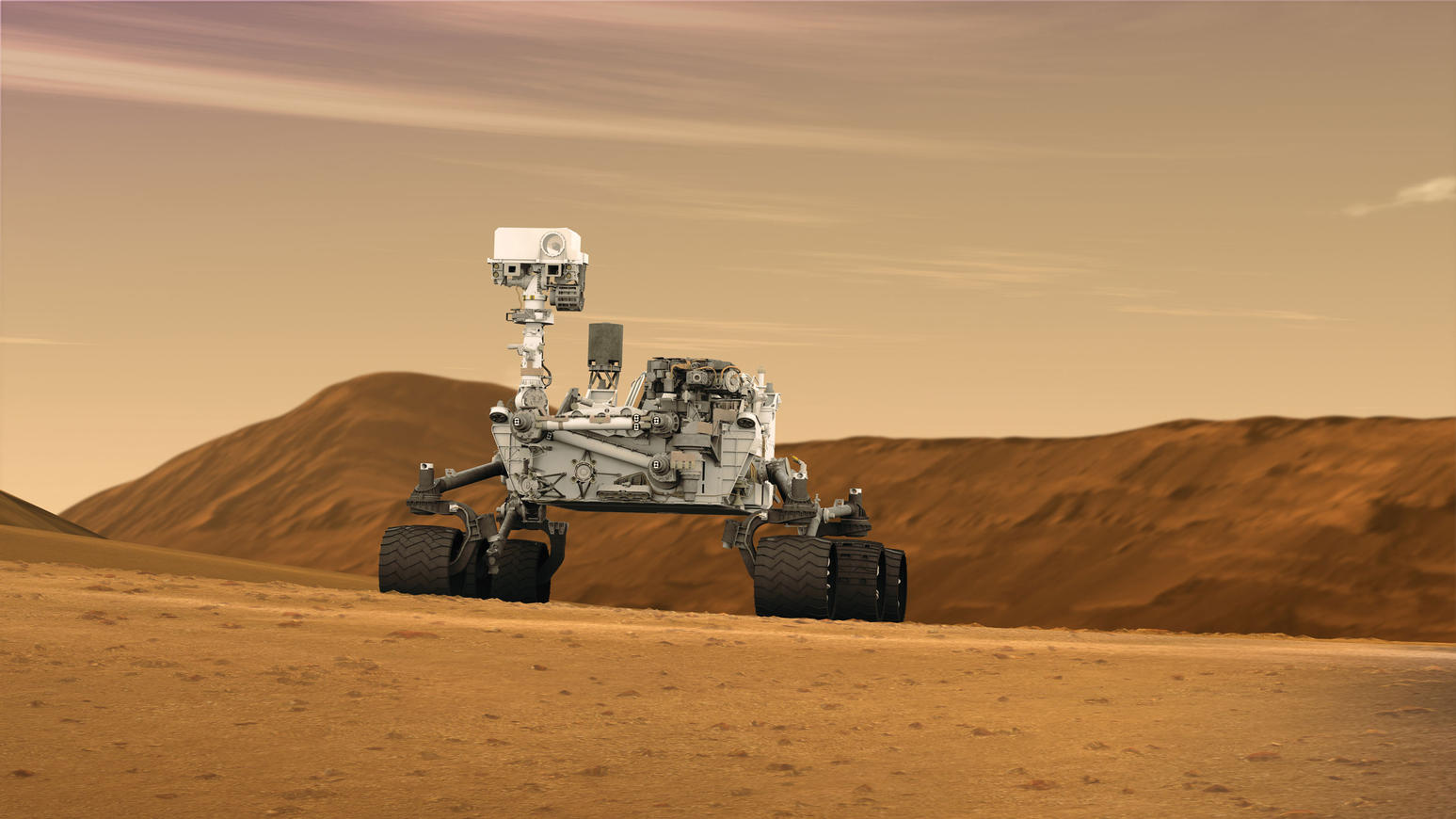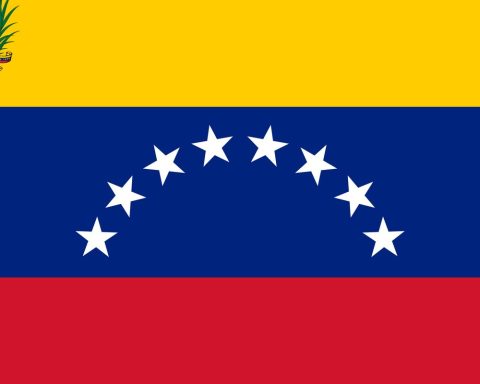When will it be seen in the southern hemisphere?
As for the southern hemisphere, it can be captured from the February 2. In the southernmost countries, it will be seen from February 6.
These are the times to see the comet:
✦ Peru: 7:30 pm – 12:00 am.
✦ Mexico: 7:30 pm – 6:00 am.
✦ Colombia: 7:00 pm – 4:00 am.
✦ Spain: 7:30 pm – 7:30 am.
✦ Ecuador: 8:00 pm – 3:00 am.
✦ Venezuela: 7:30 pm – 5:00 am.
✦ Argentina: 8:00 pm – 11:00 pm.
✦ United States: 7:00 pm – 6:00 am.
✦ Nicaragua: Starting at 7:19 pm.
✦ Salvador: 8:30 p.m.
✦ Bolivia: Right at dawn.
✦ Costa Rica: 3:00 am – 4:30 am.
✦ Panama: 10:00 pm – 12:00 am.
✦ Guatemala: 3:00 am – 5:00 am.
✦ Paraguay: 9:00 p.m.
✦ Cuba: Between midnight and just before dawn.
✦ Chile: 8:00 pm – 12:00 am. On February 2 in Arica. From February 6 in Santiago and the south of the country.
✦ Honduras: On January 31 and February 1, it can be seen at 11:00 pm, but as the days go by it will be visible at 8:00 pm.
✦ Uruguay: It can be observed with a telescope and may be visible with good quality binoculars. Starting on February 5 over the horizon at 9:00 pm. The best time will be on February 10 between 9:00 pm – 10:20 pm (it will be very close to the position of the planet Mars.
This week, the Moon will be present until mid-morning, so it is recommended search for the comet during the pre-dawn hours.
From February 6, the natural satellite will appear later and later, which will favor observation in the first moments of the night.
at the end of In January, the green comet is located near the constellation Ursa Minor, on the northern horizon. Then, from the beginning of February, look north. Initially it will appear close to the horizon, to the right of the constellation of the Giraffe (Camelopardalis).
In the following days, it will rise to the constellation Auriga and higher.















